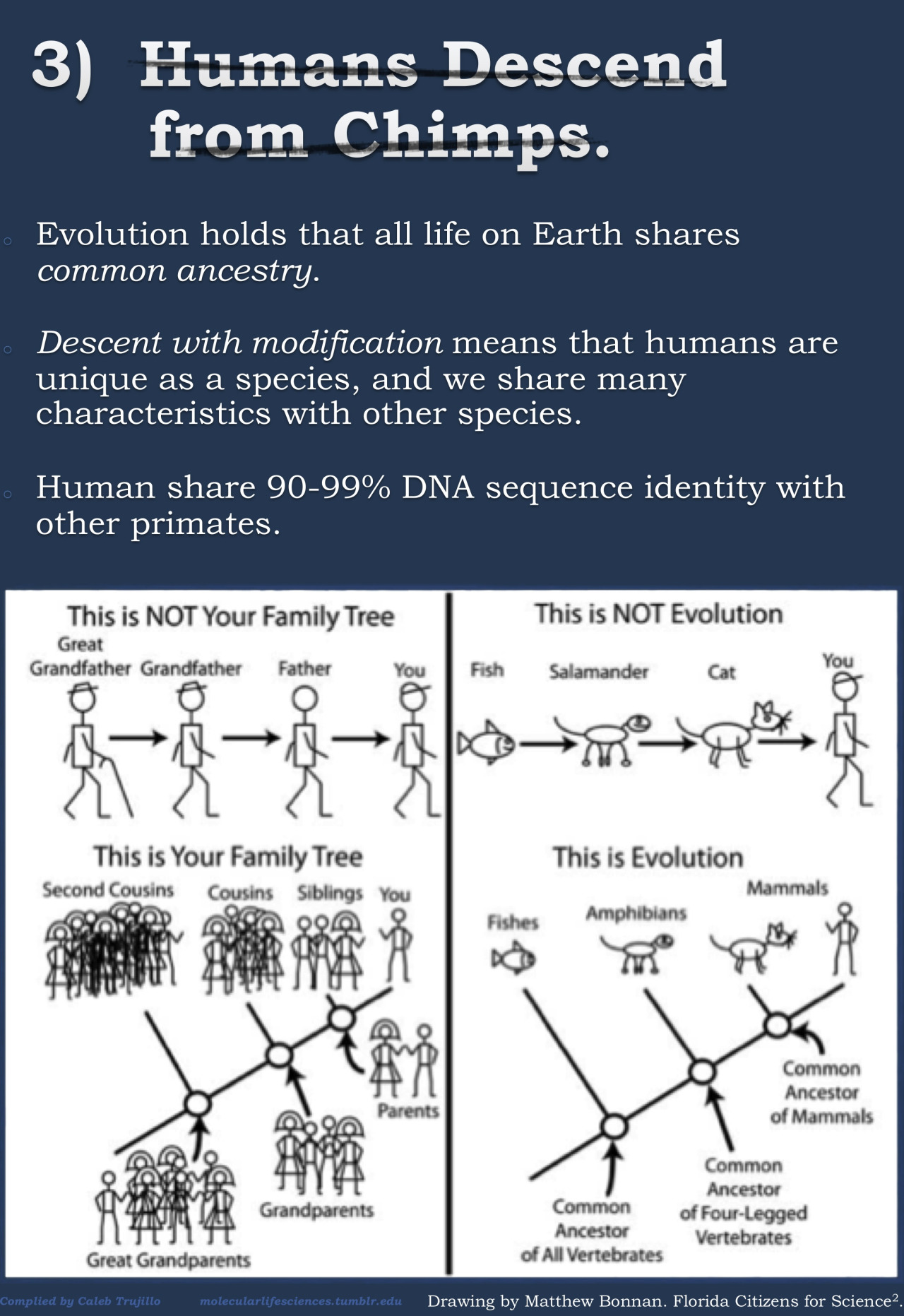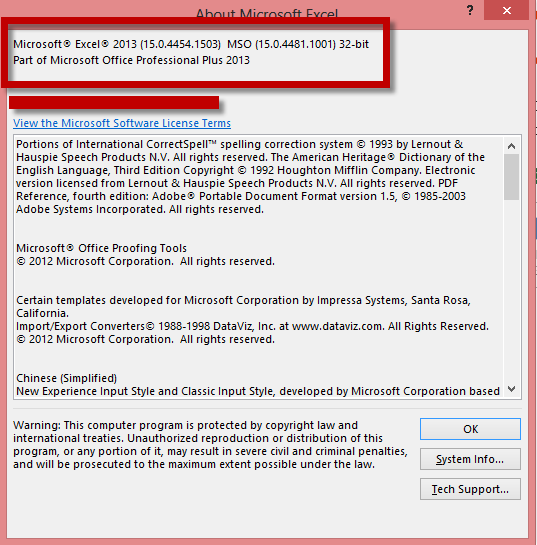The instructions for some of the tips you see featured in ExcelTips vary depending on the version of Excel you are using. If you are a relative newcomer to Excel, you may not know exactly how to determine which version you are using.
To check the Version from Excel 2016 start Excel an click on File / Account. On the right side you see the office main version. In the scrrenshot it is 2016. Below you find the exact version. In the screenshot it is 1707 (Build 8326.2096) nfo Open Save As Histop Print. Looking at the Menu You can easily check Excel version you are using by looking at the menu or the top ribbon. Open any Microsoft Excel file and look at the top left corner of the file. Depending on how the File button looks, you can easily identify the version of Excel. At the bottom, you will view the Excel Options button. Click it into Excel Options Window. Figure 2: Excel Options button in Excel 2007 Ribbon. Open Excel Options from Excel 2010/2013/2016/2019 Ribbon if you do not have Classic Menu for Office. Click the File tab jumping into backstage view; Then you will view the Options button at left bar. Start by clicking on the File button, on the top left corner of Excel. Click on Account, on the left-hand side of the screen, then About Excel. The version is visible in.

There are a couple of ways you can figure out which version you are using. The first is to watch Excel as you start the program. Depending on the speed of your system, you may notice the version in the splash screen that appears as Excel starts up. (I say that this depends on the speed of your system because I've seen some systems that are so fast, the splash screen is gone before anyone can fully see everything that is on it.)
Once you have started Excel, how you determine your version depends on the version of Excel you are using. (That sounds rather circular, doesn't it?)
Take a look at the top of your screen. Assuming you can see the ribbon up there (it has words on it like Home, Insert, Page Layout, etc.), you can take a first pass at determining your version by looking at the left end of the ribbon. If you see a File tab, then you are using Excel 2010, Excel 2013, Excel 2016, Excel 2019, or Excel in Office 365. (More on that it a moment.) If you, instead, see a round Office button at the top-left corner of the screen, then you are using Excel 2007.
Assuming you see a File tab, you can further narrow down your version by clicking that File tab. If you continue to see the ribbon tabs at the top of the screen, you are using Excel 2010. If the ribbon tabs disappear and you instead see (at the upper-left corner of the screen) a round circle containing a left-pointing arrow, then you are using Excel 2013 or a later version.
If you want to get even more detailed information about your version—information that includes the specific build number of your version—then how you find that out varies widely depending on your general version of Excel. (You might need the detailed build information to provide to Microsoft technical support, for instance.)
Excel 2007
If you want to determine more detail about your version number, then you should follow these steps if you are using Excel 2007:
- Click the Office button then click Excel Options. Excel displays the Excel Options dialog box.
- At the left side of the dialog box, click Resources.
- Click the About button. Excel displays the About Microsoft Office Excel dialog box. (See Figure 1.)
Figure 1. The About Microsoft Office Excel dialog box.
Note that near the top of the dialog box you can see the version number you are using. When you are through reviewing the information, click OK to close the dialog box.
Excel 2010
If you want to determine more detail about your version number and you are using Excel 2010, getting to the info is much easier than in Excel 2007. Start by clicking the File tab of the ribbon and then click Help at the left side of the screen. You'll see all the version information appear at the right side of the screen.
Excel 2013, Excel 2016, Excel 2019, and Excel in Office 365
Starting with Excel 2013, Microsoft moved where the version information is located, and it can be a bit tricky to locate. The reason is because these later versions are delivered electronically, via download, instead of from physical media like a CD or DVD.
Click the File tab of the ribbon and then, at the left side of the screen, click Account. (Yes, Account. Go figure!) At the right side of the screen you'll see a large heading that says Office Updates or Office (depending on which version of Excel you are using). Under this heading you can find the version information for your copy of the program. In my version of Excel in Office 365, the version information is listed under the About Excel subheading. (See Figure 2.)
Figure 2. The Product Information section of the Account tab on the File tab of the ribbon.
For mac ppc. You can find even more detailed version information if you double-click on the About Excel icon to the left of the About Excel subheading.
Finding Information in a Macro
If you need to know the version number and build number in a macro you are creating, you can use the .Version property (for the version) and the .Build property (for the build number). Both properties should be used with the Application object, in this manner:
In these examples, sVersion will contain the version number and sBuild the build number. The version number will be '12.0' for Excel 2007, '14.0' for Excel 2010, '15.0' for Excel 2013, or '16.0' for Excel 2016 and later versions. (It is unclear if the Version property returns something other than '16.0' for Excel 2019, but it definitely returns '16.0' for Office 365.) Free video effects for mac.
How To Find Excel Version Of File
The build number will be a string of numbers interspersed with periods; the string corresponds to what you see if you follow the steps described earlier in this tip. For example, if you follow the instructions for Excel in Office 365, earlier, and you see a version number of '16.0.12130.20232', then when you execute the above code, sVersion would be '16.0' and sBuild would be '12130.20232'.
Dear Friends,
Usually while working on any of the VBA projects, it becomes important for me to first check the version of excel which user is using and based on that certain functionality of my tool may or may not work. For Example: If you have some sales data using more than 256 columns then if user is using Excel 2003, then it would not be possible as Excel 2003 has got only 256 columns. But if user is using any higher version like Excel 2007 etc. then it is possible to do so without any error as they have got 16000+ columns in it. This way before processing the data if you can identify the version of the excel user is using then you will be able to handle the error without crashing the excel.
How To Find Excel Version History
As user I would always prefer a clear message stating that “this functionality is not available in so and so Excel version” rather than getting some weird Microsoft error message and messing up other functionalities as well.
It is a very simple piece of code which will determine which version of excel user is using. Whenever you call the bellow function at any moment of time when it is necessary to check the version of the excel.
How To Find Excel Version
Important Note:

VBA.Val(Application.Version) returns a number. Each version of the excel can be determined by the following mapping of Version Number and name. Same mapping I have put in the above code:
Do not ask me why version number 13 is missing from the sequence 🙂
| Version Number | Version Name |
| 8 | Excel 97 |
| 9 | Excel 2000 |
| 10 | Excel 2002 |
| 11 | Excel 2003 |
| 12 | Excel 2007 |
| 14 | Excel 2010 |
| 15 | Excel 2013 |
| 16 | Excel 2016 |
How to use this function?
Step 1. Copy the above code
Step 2. Create a publich module in your VBA project
Step 3. Paste this code there
Step 4. Now you are ready to call this function anywhere in your workbook
you can also call this function from you excel cell as a formula and it will return the version of the excel you are using currently.
Enjoy writing full proof VBA code without any unknown error related to excel version. Keep looking in this space for many more such small tips and tricks in VBA.
Have a nice weekend !!
